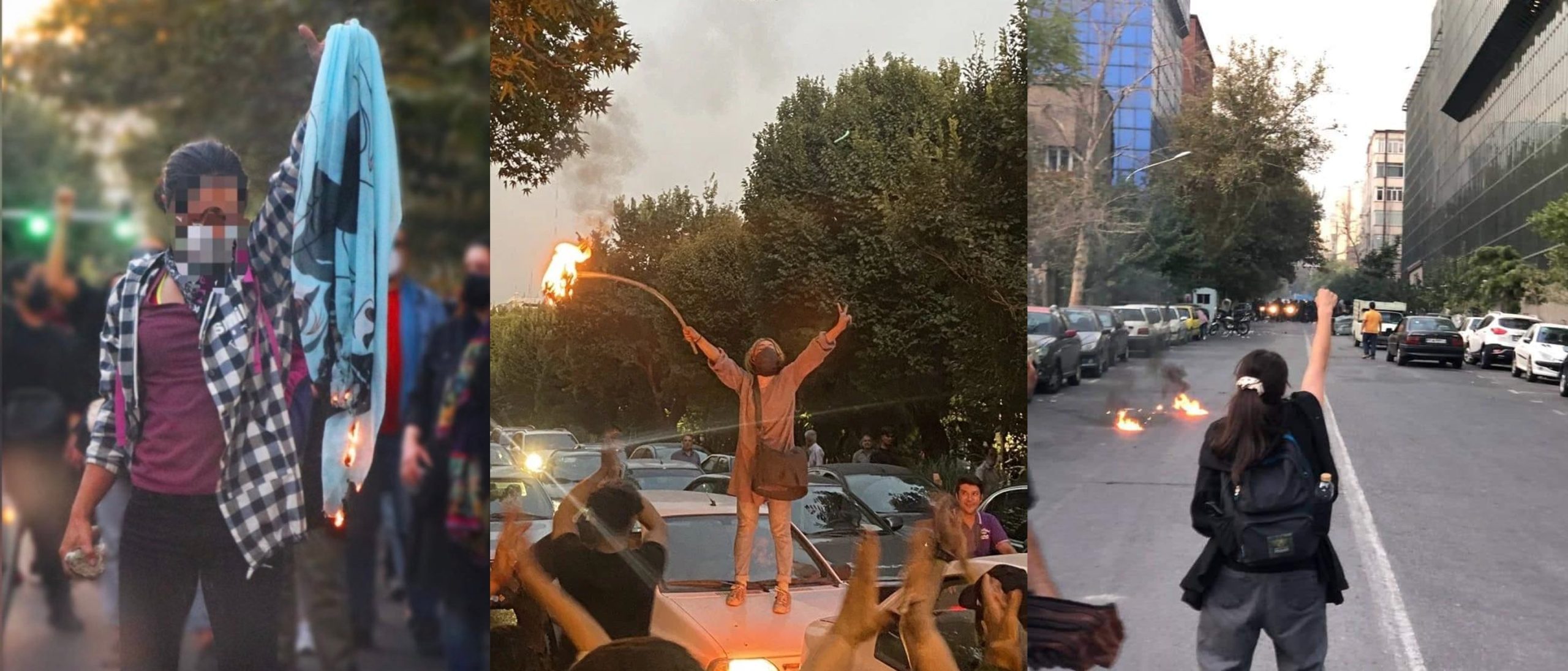On Friday, October 17, 2025, the secretary of Tehran province’s “Enjoining Good & Forbidding Wrong” headquarters, announced a new “Situation Room for Chastity & Hijab,” alongside the organization and activation of “more than 80,000 trained volunteers” plus 4,575 trainers and judicial auxiliaries (“zabet-e qazaei”). Officials framed it as a cultural-social campaign run with “cultural and security” bodies. This isn’t rumor; multiple Iranian outlets carried the remarks.
Is this the morality police by another name? Not exactly—but it’s meant to do similar work through a different architecture. The “Setad” in question is a policy/coordination body that operates countrywide under the 2015 “Law on Supporting Enjoiners of Good & Forbidders of Wrong.” That law is very clear: verbal/written “enjoining” is for everyone, but any “practical” enforcement is the state’s job only. In other words, volunteers can’t arrest, detain, or use force. At the same time, the statute allows designated auxiliaries—often trained via Basij and certified as “judicial officers”—to document, report, and trigger referrals that plug directly into police and prosecutors. The Setad itself doesn’t have police powers; it builds the pipeline. Expect coordinated reporting, documentation, and faster hand-offs to law enforcement, not vans dragging people away from the curb.
Why now? Because the regime is stuck between law on paper and a social reality it can’t reverse. After the “Woman, Life, Freedom” uprising, compulsory hijab statutes were never repealed—but enforcement has been erratic and contested. In late 2024, the government publicly paused the new “Chastity & Hijab” bill’s issuance after inter-branch talks; Vice President Shahram Dabiri said parliament should not forward the law “for now,” and in May 2025 Speaker Mohammad-Bagher Ghalibaf disclosed a written instruction from the Supreme National Security Council telling parliament not to promulgate it. Translation: the text exists, but its activation is frozen at the highest security level.
That pause has exposed rifts. Senior conservative Mohammad-Reza Bahonar bluntly argued the mandatory-hijab bill is “no longer legally enforceable”—a remarkable admission from a stalwart insider—while Judiciary spokespeople have insisted the underlying hijab rules still “remain in force.” The contradiction isn’t cosmetic; it reveals a stalemate where the state writes rules it can’t reproduce socially, and different power centers are improvising.
Enter the new “Situation Room.” The regime is shifting from street-level confrontation (the classic morality-police model) to a hybrid of organized vigilantism, administrative punishment, and digital policing. Since 2023–24, authorities have revived patrols and layered on “smart” enforcement: mass CCTV, license-plate tracking, facial recognition at university gates, and a reporting app (NAZER) that lets officials and the public flag “violations” in cars and public transport; automated texts warn owners and lead to fines or impoundment. UN reporting this year confirms the pivot: drones, apps, and data streams now backstop hijab enforcement even as overt public compliance erodes. The “Noor Plan” in 2024 showed how quickly these levers can be switched on.
Does any of this restore control on the ground? Not really. Tehran’s streets still look like a rolling referendum, with widespread non-compliance despite periodic crackdowns. That’s why officials are leaning into a governance model that tries to make discipline “ambient”: volunteers who warn and record; auxiliaries who file and escalate; cameras and apps that punish without the spectacle of arrests. It’s enforcement by paperwork and pixels, not by persuasion.
Consider one emblematic knot: women and motorcycle licenses. Years ago, Iran’s Administrative Justice Court held there was no legal basis for denying women motorcycle licenses. Yet traffic police kept saying “the law” forbids it. Just last month, a former traffic-police deputy again admitted there’s no specific legal ban—only practice. This is the matrix at work: the law is silent, enforcement is rigid, rights are “possible,” access is blocked. The new “Situation Room” slots neatly into that administrative choke point
Structural violence against women forms the wider backdrop. A January 2025 briefing by the Center for Human Rights in Iran documented a rise in femicides and the absence of comprehensive protective law—light sentences for “honor” killings, permissive statutes that empower male guardianship, and a weak shelter/aid system. Meanwhile, international monitors reported a spike in executions overall in 2024, including women—part of a broader climate of punitive coercion. Hijab enforcement sits inside that carceral landscape, not apart from it
The economy underwrites the politics of the body. Female labor-force participation in 2024 was just 13.4% in Iran, versus 66.3% for men, per World Bank/ILO estimates—among the lowest globally. That’s not a “cultural preference”; it’s a policy outcome: family law, hiring practices, and precarious work that keep women dependent. A state that shouts “chastity” while refusing to guarantee equal access to jobs and job security merely reproduces the inequality it then disciplines through dress codes.
So, what is going on? The authorities are trying to solve a legitimacy problem with logistics. The morality police (a police unit) still appear in waves, but they carry a high political cost and trigger backlash. The Setad-driven “Situation Room” promises something else: a bureaucratic-digital mesh that spreads responsibility outward (to “the people”), formalizes documentation (via auxiliaries), and automates penalties (via cameras/apps). Legally, volunteers cannot arrest you. Practically, they can surround you with a reporting system that gets you fined, flagged, or referred to a prosecutor—and that’s the point
Two hard truths follow. First, the state has lost hegemony over women’s appearance in everyday life; the pause on the new law is a tacit acknowledgment of that defeat. Second, it’s compensating not by conceding rights, but by lowering the visibility of coercion and raising its efficiency—moving from truncheons to terminals. If you’re asking whether this is “the return of the morality police,” you’ll miss the redesign. The old vans never fully left; the new model turns everyone’s phone and every camera into the patrol. And a “Situation Room” in Tehran aims to keep that machine humming, even while parliament and the security council argue about the letter of the law.
In short: no, this Setad is not, on paper, a police force. But it’s building the operating system that lets policing flow through society, and right now, that is the regime’s main bet to claw back control it can’t win in the streets.











Hey Siavash:
Nice article. Thanks for sharing.
Matthew